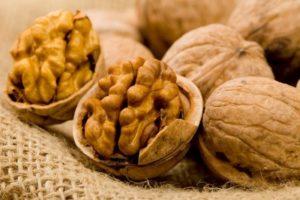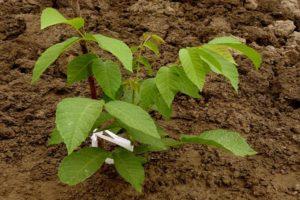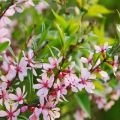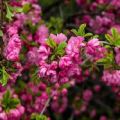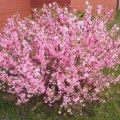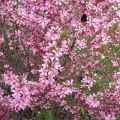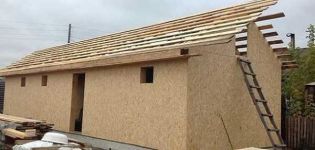Description of varieties of three-lobed almonds, planting and care technology
In the landscaping of the garden and the local area, the three-lobed almond occupies one of the first places among the ornamental shrubs. The variety of its varieties allows you to create a hedge, build an ensemble of group plantings. The plant will not only play the role of a beautiful decorator, capable of creating unforgettable landscapes, but also perform a number of functional tasks: visually expand the territory, hide individual flaws in the relief, hide from prying eyes.
Description and characteristics of three-lobed almond
Three-bladed almonds are also called louiseana, aflatunia, terry plum. The plant forms a small beautiful tree, capable of reaching 3 m in height, covered with brown-brown bark. Annual shoots are slightly pubescent. The shrubs are decorated with light green foliage of a rounded-oblong shape with finely serrated edges.
The culture is valued for the double flowers with a diameter of 3-5 cm densely placed along the entire length of the shoots. At the time of flowering, the plant resembles Japanese sakura. It pleases the eye with a dark pink color, which brightens with full disclosure of flowers. The fruit is round in shape with a dry velvety pericarp not more than 1 cm in diameter. A stone with a weak relief surface is difficult to separate.
The light-loving, heat-loving, frost-resistant plant blooms in May for about 2-2.5 weeks, then the petals fall off and the leaves bloom.
Types and varieties of luiseania
In various nurseries and botanical gardens, as well as when landscaping garden plots, such varieties of three-lobed almonds are used, such as:

- Captivity. A plant in the form of a deciduous bush no more than 2 m in height with a dense spherical crown, decorated with large double flowers 4 cm in diameter.
- Louiseania Kievskaya. A tall bush 3-3.5 m in height. The flowers of dark pink color, 3.5 cm in diameter, attract attention. The pleasant aroma of almonds leaves no one indifferent. Abundant flowering is observed for about a week.
- Terry Vesnyanka. A tree up to 3 m tall with large pink flowers that exude an excellent aroma. Duration of flowering up to 3 weeks.
- Almond Rosenmund. The compact bush has large double flowers, painted in a rich pink color. The plant pleases the eye with its flowering for more than 3 weeks.
- Luiseania Crimson. A sprawling bush of low growth at the time of flowering is covered with crimson flowers.
- Chinese.The cultivar is prized for its early, profuse flowering with simple light pink flowers.
- Tanyusha. The variety blooms early and has a special decorative effect. A flower in the form of a double corolla containing 30-40 slightly curled petals.
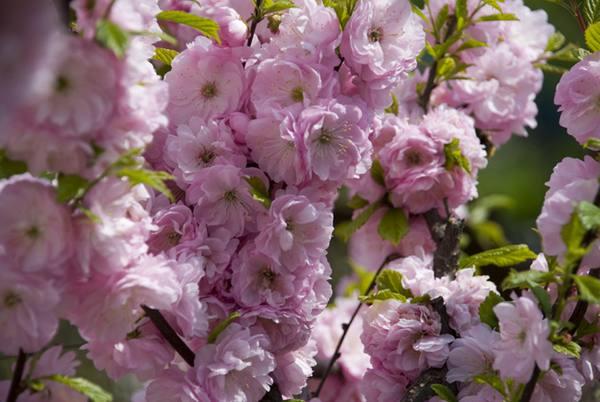
The choice of three-lobed almond variety depends on the preferences of gardeners and the purpose of the ornamental culture.
Choice of location and lighting
When choosing a place for landing, you need to focus on landscapes and designed compositions in gardens. At the same time, take into account that for the full growth and development of three-bladed almonds, a sunny area is needed, protected from strong winds. In shaded areas, the culture feels uncomfortable and the next season may no longer please with its flowering.
It is not necessary to plant three-bladed almonds in an area where groundwater is close to the surface of the earth.

Growing soil
The culture prefers loamy soils with a slightly alkaline or neutral reaction. Avoid places with clay, salty and chlorine soils.
Before planting, which is recommended in the fall or early spring, the selected area should be dug up, freed from weeds and loosened up the soil.
Planting process
The cultivation of three-bladed almonds provides for a competently carried out planting, including the following actions:
- Make holes 30-40 cm deep, a little more wide than an earthen lump on the roots of the seedlings. In this case, the distance between the planting units must be at least 3 m.
- To eliminate stagnant moisture, put a drainage layer of gravel and broken brick at the bottom of each hole. Pour fine sand on top and install a peg for secure support.
- Carefully place the seedlings at the bottom of the pit and cover them with a soil mixture consisting of such components as leaf earth, sand, humus, and the top layer of soil. The root collar should be level with the ground.
- It is good to water and mulch the tree trunks using peat or humus.
- Secure the seedlings to a peg to protect them from the wind.
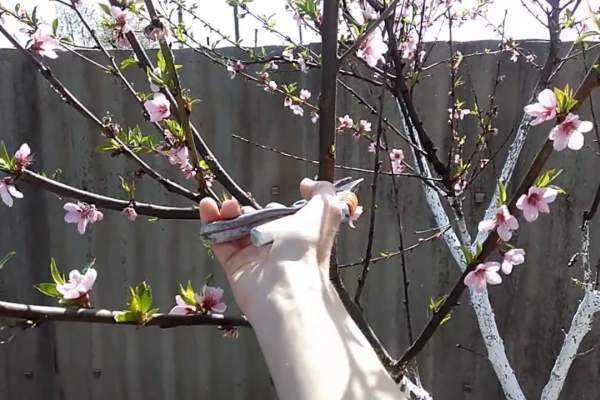
How to care for a plant
In order for the three-lobed almond to grow healthy and delight with its violent flowering, it is necessary to provide it with proper care, which includes a set of measures aimed at ensuring the survival of the tree after planting and creating favorable conditions for growth.
Watering
Three-lobed almonds need moderate watering. Excessive moisture can cause root rot, and with a lack of water, the tree grows poorly and bears fruit. Water when the soil dries to a depth of 2 cm. Pour water strictly at the root, since moisture on the crown can provoke the appearance of diseases.
Watering rate is from 7 to 10 liters of water per bush.
Top dressing
Luiseania is responsive to systematic introduction of nutrients. In the spring, the plant needs to be fed with a mixture diluted in 10 liters of water containing 10 g of urea, 1 kg of mullein, 20 g of ammonium nitrate. With the onset of autumn, add minerals: potassium sulfate and double superphosphate, 20 g per 1 m2 soil.

Shelter for the winter
Three-lobed almonds are able to withstand 25-27 degrees of frost. In a harsh winter, the tips of the shoots may freeze. Therefore, collect the branches of the crown in a bunch and tie, then wrap with material to protect the buds of the flowers from the cold. Mulching with a 15 cm layer of soil near-trunk circles will help young specimens to survive the cold season. In this case, the root collar should not be closed.
Pruning features
Three-lobed almonds need to be trimmed regularly, as they grow intensively and will become unkempt without proper shearing. You can give the plant a beautiful crown by removing dry, yellowed, twisted, growing inward branches. Also, at the end of flowering, the branches should be shortened by 2/3 of their length.This operation encourages the growth of new strong shoots.
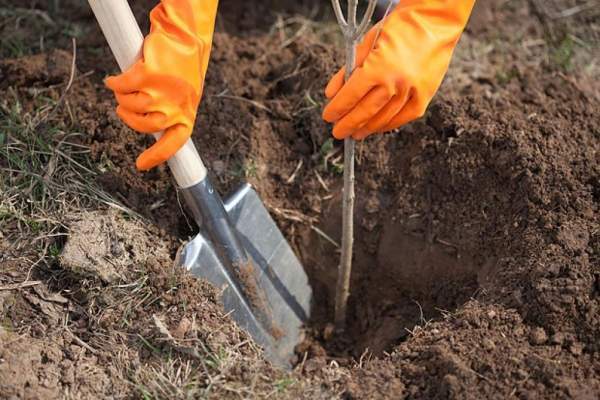
Potential diseases and pests
In the process of growing, gardeners are faced with a problem such as moniliosis. This is a fungal disease that penetrates the plant tissues through flowers, where it germinates and infects wood. As a result, the branches dry up and take on a burnt appearance. Control measures: spray the plants using Bordeaux liquid every 20 days.
Also, the culture is prone to suffer from gray rot, which can only be cured by cutting off infected branches in winter or in the spring immediately after the three-lobed almond has faded.
The culture can be attacked by pests such as leafworm, aphids. In the fight against the leaf roll, you can use a chlorophos solution by spraying the caterpillars with it. A solution of household soap will help against aphids, which needs to be treated with leaves affected by insects.
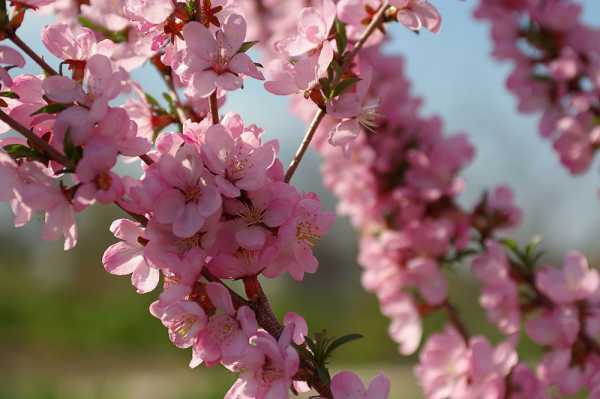
Almond farming
You can propagate three-bladed almonds using the following methods:
- Root shoots. The bushes of the plant give a lot of growth after pruning. A strong seedling is formed in the second year. It needs to be grown in the same place for another year, making an incision at the base of the shoot and covering it with soil. This will help speed up root development of the seedling. Three-bladed almonds will delight with flowering in the third year.
- Layers. Press the shoots to the ground and spud. As the root system is formed, transplant the seedling to a permanent place.
- Green cuttings. Cut the planting material in July. Root using containers intended for this purpose. The stalk should have three nodes. When planting, two of them must be buried in a soil mixture containing peat and sand. After it takes root, transplant the material into the school for a year for growing. In winter, you need to cover it using straw, foliage.
- Vaccination. The operation should be carried out in the spring or summer. Graft on plums, cherry plums, thorns, bird cherry and other almonds.
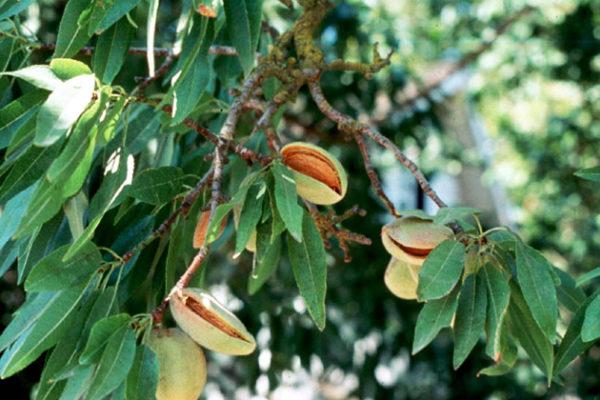
The nuances of growing in different regions of Russia
Despite the fact that the three-lobed almond belongs to thermophilic crops, it is winter hardy. He is afraid of sudden changes in temperature. Therefore, it must be covered during frosts. If you follow the recommendations, you can plant a three-bladed almond and admire its beauty in the Moscow region.
Many species of this plant do not require special climatic conditions, but not all are suitable for cultivation in Siberia and the Urals.
There is one type of culture that grows without problems in the northern latitudes, this is the steppe almond.
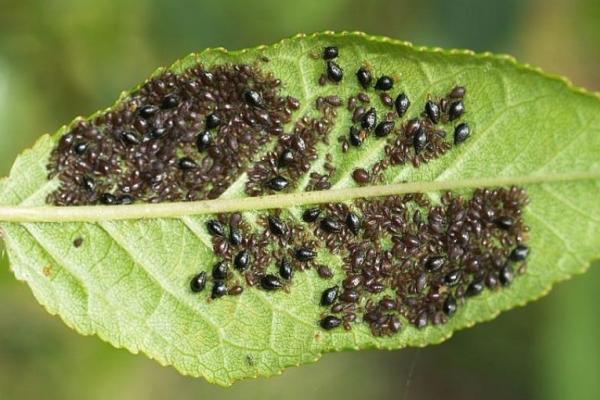
The use of three-bladed almonds in landscape design
When creating landscape design, it should be borne in mind that the three-lobed almond blooms in May for 2-2.5 weeks, and in summer its decorative effect decreases. Therefore, a beautiful shrub growing on the lawn should be planted with Japanese spirea, flowering perennials with broad-linear leaves. Compositions with conifers look very beautiful. Also, low bushes and standard forms of almonds are originally combined with stones and are appropriate in a Japanese garden.

By planting three-lobed almonds in the right place, you can transform the local area into a life-giving blooming corner that delights its creator. It is impossible not to fall in love with this graceful plant. Several weeks of magical pink bloom will fully pay off the troubles and worries of the gardener.
